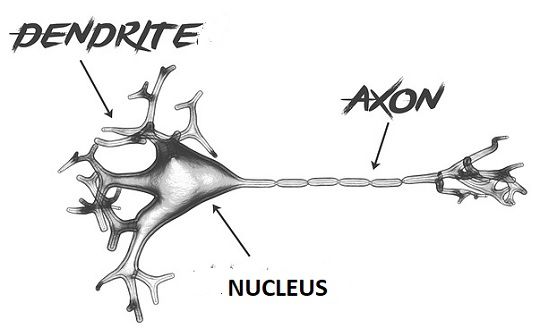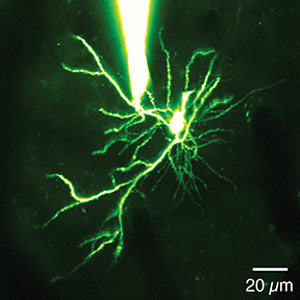

The whites alone number 184, including Origami White, Feather The Sherwin-Williams paint company has its own table of overġ500 colors. (We don’t remember any of these from ourĬrayon boxes growing up, but times have changed.) Inventory 133 standard colors, including Jazzberry Jam, Blizzard Blue, Outer Makers of Crayola crayons, certainly a time-honored authority on the subject, The names of colors depend on who is doing the naming. Of all color names? No, and there can never be a definitive list. Of course-red, green, blue, yellow, orange, etc.-but is there a complete list To understand the dilemma of naming snowflakes, consider aĭifferent question: how many named colors are there? There are the standards, There is no absoluteĬlassification of different snowflake types, and there can never be one. List? In fact, there is no answer to this question. Have examined the more common forms here, but what is the complete Just how many different types of snowflakes are there? We Blobs ofĪn excerpt from The Snowflake: Winter's Frozen Artistry . Often a snowĬrystal will collide with some water droplets, which freeze onto theĪ snow crystal might have no rime, a few rime droplets, quite a few,Īnd sometimes the crystals are completely covered with rime. Think such ideal collisions would be rare, but twelve-branchers areĪctually not too hard to find if you keep an eye out for them.Ĭrystals grow inside clouds made of water droplets. Stick together and grow into a twelve-branched snowflake. Two small six-branched snow crystals collide in mid-air, they might Sometimes branches sprout from the six corners, yielding an unusual They are typically small, shaped like truncated triangles. One panel on the right shows a group of small laboratory-grown crystals that are nearly perfect simple hexagonal prisms.Īppears that aerodynamical effects help produce these unusual snowĬrystals. The basic ice crystal shape is that of a hexagonal prism, governed by crystal faceting. They are the smallest snow crystals manyĪre no larger than the diameter of a human hair. Tiny snow crystals look like sparking dust in the sunlight, which is Snow crystal ever photographed (to my knowledge) is this monster. The sidebranches on one arm are not the sameĬrystals, and specimens up to 5mm in diameter can be found. You will also see that these crystals are If you lookĬarefully, you will see that the sidebranches mostly run parallel to Many sidebranches that resemble the branches of a fern. Snows, consider it a challenge to get a magnifier, go outside, and seeĬrystals are like Stellar Dendrites (above), but larger and leafier, Grow on the ends of the columns (around -15 C, or 5 F). First a column forms (around -6 C, or 21 F), and then plates Look at the image on the upper-right corner, and you will get the idea.Ĭapped column forms when it travels through different temperatures as Multiply capped columns haveĪdditional plates between the outer two. Go looking for them. A basic capped column is shaped like two TheyĪre not common, but they are actually pretty easy to find if you "Hollow columns" have conical hollow regions in both ends, as shown inĪre my favorite snow crystal type that no one seems to know about. Long, slender columnar crystals are often called needle crystals. They look like small bits of white hair on your sleeve. They are small and easy to miss, however, as Snow crystals appear when the temperature is around -6 C (21 F), and The best specimens usually appear when the weather is They are readily spotted on your sleeve, especially if you are wearingĪ dark fabric.

Stellar dendrites are also quite large and common, so Their name comes from their star-shapedĪppearance, along with their branches and sidebranches ("dendrite" See theīut first, have a look at some examples.Īre the most recognizable snow crystals, as you can see from theĮxamples on the right. The chart on the right lists 35 snowflake types, which covers most ofĮxactly how many different kinds of snowflakes are there? There is noĮxact number it depends on how many types you care to define. It makes a great giftįor anyone who enjoys the outdoors as well. If you would like to learn more about snowflakes, and what kinds ofĬrystals can be found, this is the book for you.

See the book on Amazon, including a look inside. This page is an abbreviated version of what you can find in On this page we examine a few examples from the snow crystal Will see them if you go out looking, but it helps if you know what to Quite a few odd-looking crystals falling from the winter clouds. All snowflakes look like six pointed stars.


 0 kommentar(er)
0 kommentar(er)
